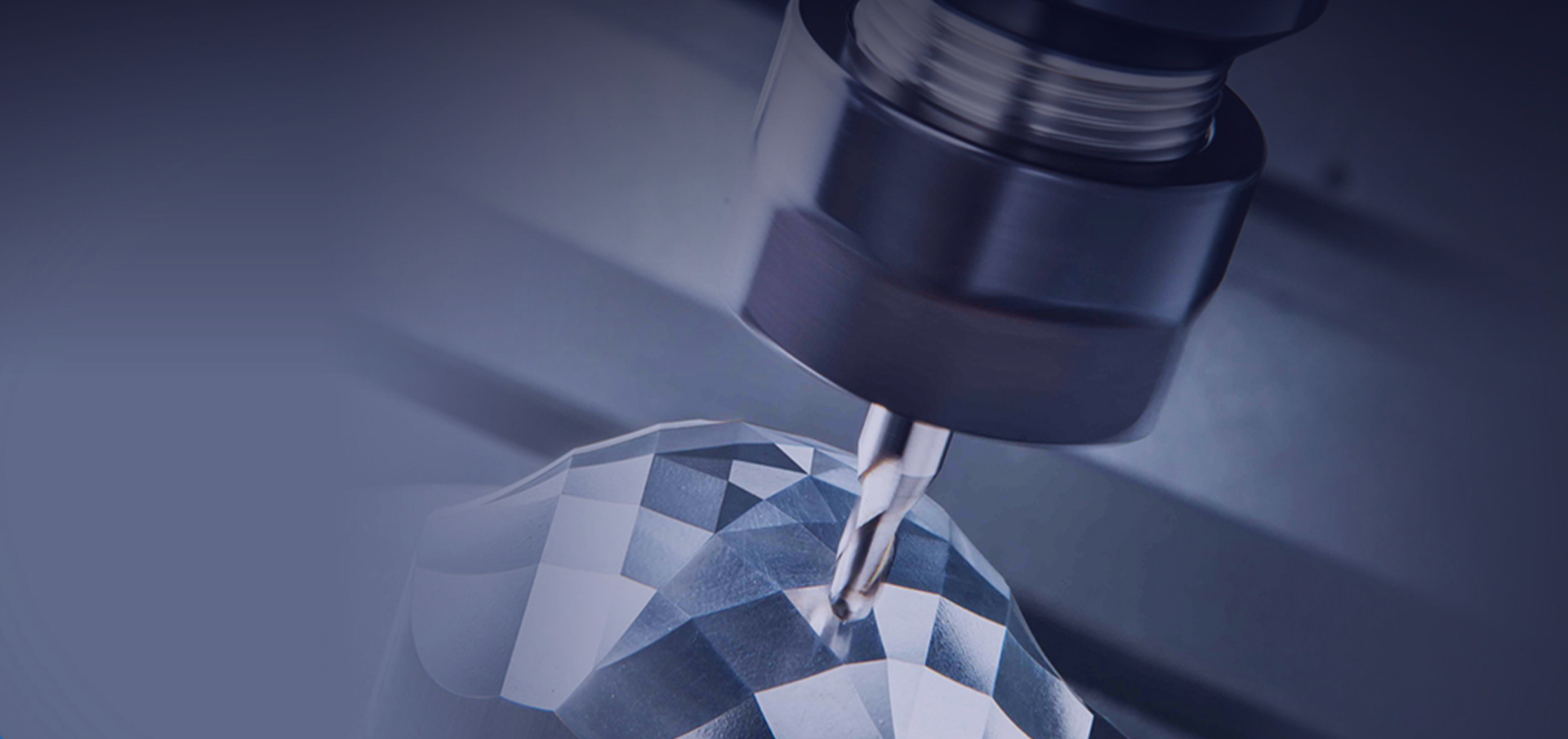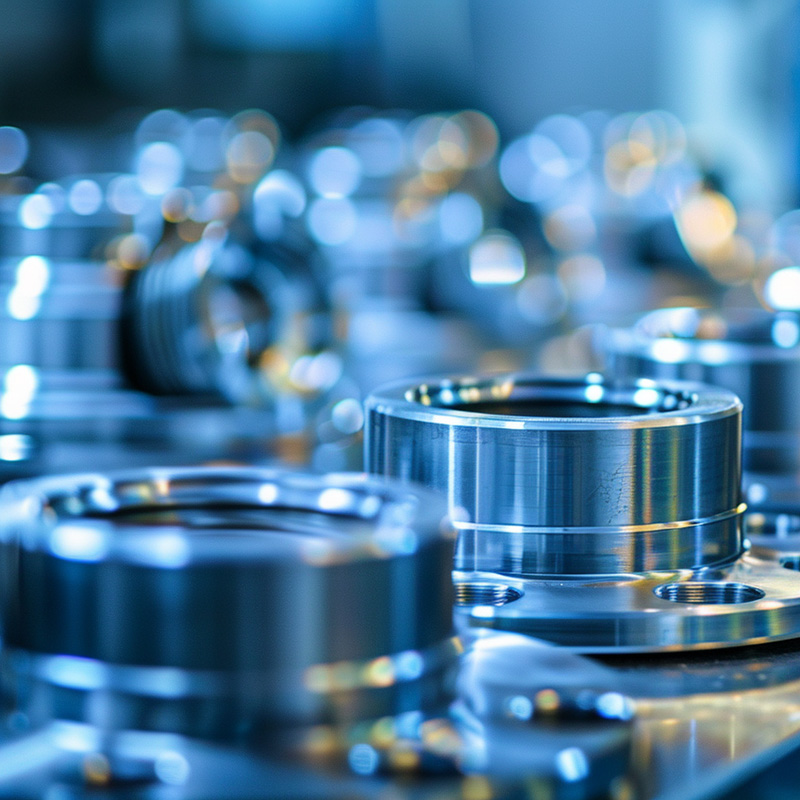Introduction
In the dynamic world of communication technology, the demand for high-quality and precisely machined components is ever-increasing. Our machined products have been tailored to meet the exacting standards of the communication equipment industry, playing a crucial role in enabling seamless connectivity and efficient signal transmission.
Key Machined Components and Their Applications
Antenna Mounting Components
■ Function: These components are essential for the proper installation and alignment of antennas. They ensure that antennas are securely fastened and precisely oriented to optimize signal reception and transmission. With tight tolerances, usually within ±0.05mm to ±0.1mm, they guarantee the stability and accuracy required for effective communication.
■ Material Selection: Often made from aluminum alloys or stainless steels, these materials offer a good balance of strength, durability, and resistance to environmental factors. Aluminum alloys are favored for their lightweight nature, which is beneficial for rooftop or tower-mounted antennas, while stainless steels are used in more corrosive environments.
Connector Housings and Inserts
■ Function: The housings and inserts for connectors provide mechanical protection and electrical insulation for the delicate internal components. They are designed to ensure a reliable and stable connection between different communication devices or cables. Precision machining is required to achieve the correct fit and interface dimensions, with tolerances as fine as ±0.02mm to ±0.05mm, to prevent signal loss or interference.
■ Material Considerations: Engineering plastics such as PEEK (Polyetheretherketone) and nylon are commonly used for their excellent electrical insulation properties and machinability. For applications where higher mechanical strength and heat resistance are needed, metal alloys like brass or phosphor bronze may be employed.
Heat Sinks and Cooling Components
■ Function: In communication equipment, heat dissipation is critical to maintain the performance and reliability of electronic components. Machined heat sinks are designed to efficiently transfer and dissipate heat generated by power amplifiers, processors, and other heat-sensitive elements. The fins and channels are precisely machined to maximize the surface area for heat transfer, with tolerances that ensure proper fit and alignment within the equipment enclosure.
■ Material and Machining: Aluminum alloys are the most common materials for heat sinks due to their high thermal conductivity. The machining process involves techniques such as milling and extrusion to create the complex fin structures. Surface treatments like anodizing may also be applied to enhance heat dissipation and corrosion resistance.
Quality Assurance and Precision Machining Processes
Quality Assurance
■ We have implemented a comprehensive quality control system to ensure the reliability and performance of our machined products for communication equipment. This includes strict incoming material inspection to verify the quality and specifications of the raw materials. During the machining process, in-process inspections are carried out at regular intervals using advanced metrology tools such as coordinate measuring machines (CMMs) and optical profilometers. The final products undergo thorough testing for dimensional accuracy, electrical conductivity, and mechanical strength to meet the industry standards and customer requirements.
■ Additionally, we conduct environmental and reliability tests, such as salt spray testing for corrosion resistance and thermal cycling tests for heat sink performance, to ensure that our products can withstand the harsh conditions in which communication equipment is often deployed.
Precision Machining Processes
■ Our machining operations utilize state-of-the-art CNC (Computer Numerical Control) machines equipped with high-precision spindles and advanced tooling systems. We employ a variety of machining techniques, including high-speed milling, turning, grinding, and wire EDM (Electrical Discharge Machining), to achieve the tight tolerances and complex geometries required for communication components.
■ Our experienced machinists and engineers work closely with customers to optimize the machining processes based on the specific design and performance requirements of each communication product. This collaborative approach ensures that the machined components not only meet the technical specifications but also contribute to the overall functionality and efficiency of the communication equipment.
Customization and Design Support

Customization
■ We understand that communication equipment comes in a wide variety of forms and configurations, each with its unique set of requirements. Therefore, we offer extensive customization options for our machined products. Whether it's a custom-designed antenna mount for a specific installation scenario, a connector housing with non-standard dimensions, or a heat sink with a particular fin pattern, we can tailor our products to precisely match the needs of the application.
■ Our design and engineering team is available to collaborate with customers from the initial concept stage through to the final production, providing valuable input and expertise to ensure the seamless integration of the machined components into the overall communication equipment design.

Design Support
■ In addition to customization, we provide design support services to help customers optimize the performance and manufacturability of their communication equipment. Our team of experts can assist in material selection, design for manufacturability (DFM) analysis, and prototyping. Using advanced CAD/CAM (Computer-Aided Design/Computer-Aided Manufacturing) software, we can simulate the machining process and identify potential design issues before production, reducing development time and costs while enhancing the quality and reliability of the final product.
Post time: Feb-15-2025










